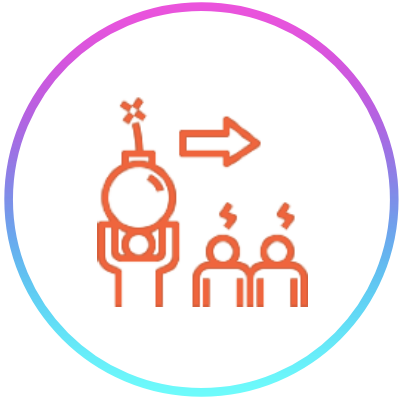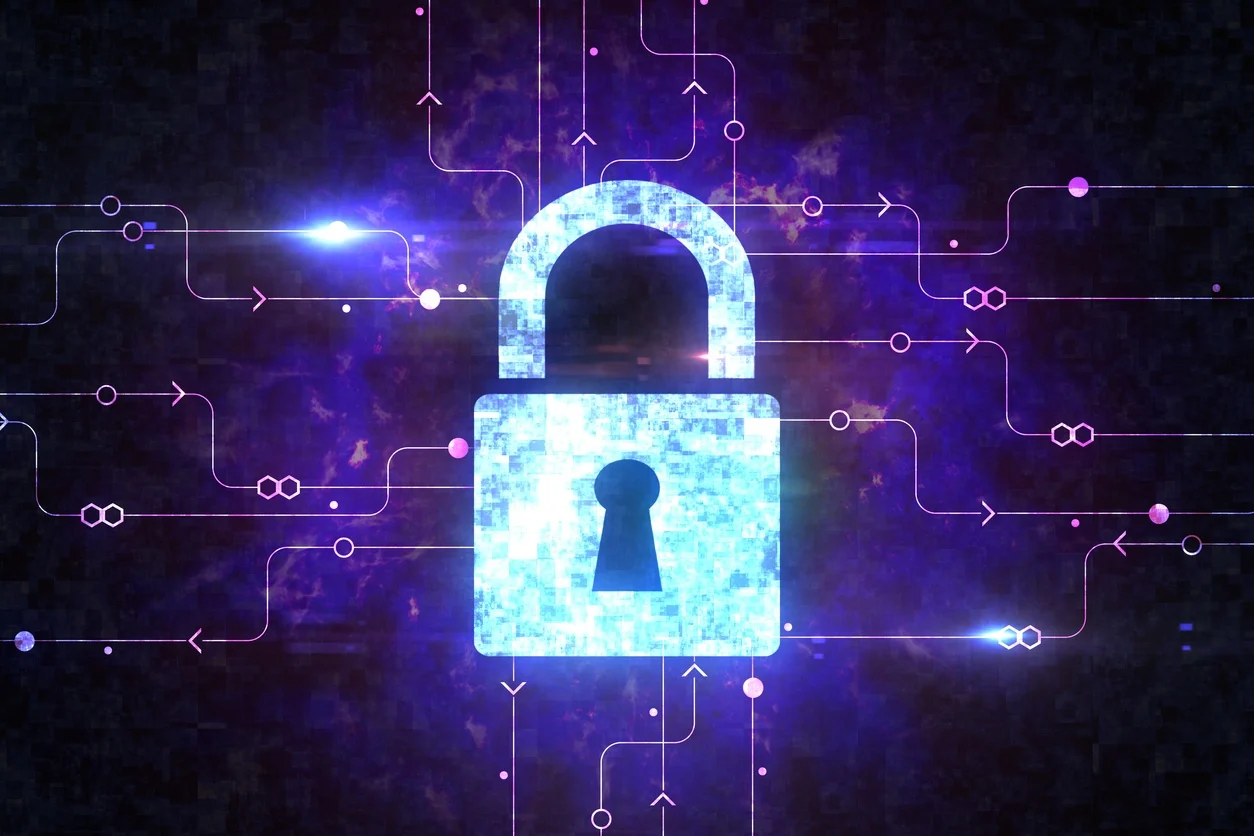With the various sources of network threats, ranging from physical and human threats to the extremely diverse methods used by hackers to exploit networks and disseminate various types of malware from and viruses. It is too difficult for network security engineers to be aware of the huge amount of data that their organization’s network generates and a reactive approach is not enough to protect the network from being exploited.
What Is Network Situational Awareness?

Strategic sensor placement

Measure traffic volumes and identify trends

Identify locations of critical assets

Continuous analysis of the Network Packets.
Not all attacks can be detected at an endpoint & Network compromises cannot be detected without visibility into the activities within assets or on the network .Network visibility capture data for increased realtime awareness of the network to detect any anomalous behaviour by
Why Does Your Organization Need Network Situational Awareness?
The need for real-time, accurate network situational awareness is vital for any security risk management program. The ultimate goal is to:
- Identify and monitor 100% of network connections and devices
- Understand all aspects of the network environment, including physical, mobile, virtualized, IoT, and cloud environments (private, public and hybrid)
- Real-time monitoring allows for instant visibility and response.
- Severity alert for threats, leaks, and criminal activity
- Expose potential problems, such as unplanned Internet connections, unmanaged devices and unsecured ports
HOW WE CAN HELP
Gain complete visibility, detect latent threats, and immediately implement countermeasures to contain threats.
- Encrypted Traffic Analytics
Detect cyber risks in encrypted communications without the use of decryption tools.
- Real-time anomaly detection
User and application profiling that is location and device agnostic for improved visibility, behaviour modelling, and, ultimately, better anomaly detection.
- Automatic Response
Kills the offending connection in order to deliver a quick response and immediately contain the risk.
- Actionable Insights
Use the power of human and machine intelligence to accurately identify activities of interest in real-time or over the course of several days or months.
QUERY
frequently asked questions
"observe, orient, decide, and act." but their practical application to cybersecurity is not always evident.
In practical terms, we can think of situational awareness in terms of four components:
- Know what should be.
- Track what is.
- Infer when should be and is do not match.
Do something about the differences
Situational awareness can help organizations understand what is happening in their environment and in cyberspace in general. The information can help the SecOps and incident response teams make informed decisions on how best to defend against or respond to potential threats and attacks.
- It is vital that organizations incorporate these key aspects into their cybersecurity protocols through real-time sharing of role, location and business units based situational awareness to ensure that right information is available with the right person at right time. Situational awareness is a two-way traffic. It is bi-directional in nature such that information flow not only takes place from SecOps and incident response teams to the employees but also vice-versa via incident reporting. Employees, who in all practical aspects are human endpoints, must report all suspicious incidents to disseminate ground-level situational awareness to SecOps and incident response teams for proactive mitigation and reduction of response and dwell detection time. In fact, incident reporting is key to breaking a cyber kill chain.





















